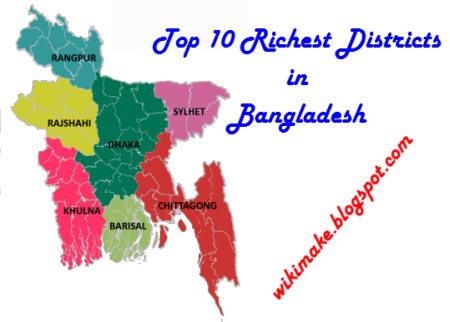ONGC Geology (Mineralogy) Test Paper
Mineralogy Solved Paper
Q.1: Garnets are characterized by their:
a) Rhombododecahedron form
b) Trapezohedran form
c) Octahedron form
d) Both (a) 8. (b)
Answer. (d)
Q.2: Which is orthorhombic Epidote:
a) Zoisite
b) Clinozoisite
c) Orthite
d) Piedmontite
Answer. (a)
Q.3: Transparent and red colour gem variety of zircon is known as:
a) Jargoon
b) Hyacinth
c) Zirconite
d) Monazite
Answer. (b)
Q.4: Sphene is:
a) Magnesium silicate
b) Calcium iron silicate
c) Calcium titanosilicate
d) lron titanosilicate
Answer. (c)
Q.5: Andalusite and sillimanite crystallise in:
a) Monoclinic system
b) Triclinic system
c) Orthorhombic system
d) Hexagonal system
Answer. (c)
Q.6: What is the hardness of staurolite:
a) 5 - 5.5
5) 5 - 6
c) 6 - 6.5
d) 7 - 7.5
Answer. (d)
Q.7: Tourmaline belongs to:
a) Neso-silicate
b) Soro-silicate
c) Cyclosilicate
d) Phyllosilicate
Answer. (c)
Q.8: Colourless variety of Tourmaline is:
a) Rebellite
b) Achroite
c) Schorl
d) None of these
Answer. (b)
Q.9: Pyroxenes belong to:
a) Single chain structure (lnosilicate)
b) Double chain structure (lnosilicate)
c) Nesosilicate
d) Sorosllicate
Answer. (a)
Q.10: Which is calcium poor pyroxene found in volcanic rocks:
a) Pigeonite
b) Angite
c) Diopsite
d) Hedenbergite
Answer. (a)
Q.11: What are the cleavage angles in pyroxenes:
a) Exactly 90°
b) 80° and 100°
c) 87° and 93°
d) 84° and 96°
Answer. (c)
Q.12: Emerald is a pale green variety of:
a) Topaz.
b) Zircon.
c) Beryl.
d) Tourmaline
Answer. (c)
Q.13: Schillerization is characteristic of:
a) Diopside
b) Hypersthene
c) Enstatite
d) Hedenbergite
Answer. (b)
Q.14: What is the hardness of pyroxenes:
a) 4-5
b) 5-6
c) 6-7
d) 7-8
Answer. (b)
Q.15: Amphiboles are:
a) Hydrous ferro - magnesian silicates
b) Ferro – magnesian siIicates
c) Potassium - aluminium silicates
d) Hydrated alumio silicates
Answer. (a)
Q.16: What are the cleavage angles in amphiboles:
a) 70° and 110°
b) 67° and 113°
c) 56° and 124°
d) 54° and 126°
Answer. (c)
Q.17: Mica belongs to:
a) Nesosilicate
b) Sorosilicate
c) Phyllosilicate
d) lnosilicate
Answer. (c)
Q.18: Lepidolite mica is:
a) Cr - bearing
b) Fl - bearing.
c) Li - bearing.
d) Fe - bearing.
Answer. (c)
Q.19. Cations from soil moisture are attracted to the surface of clay minerals to:
a) Balance the unsatisfied valence bonds.
b) Balance the negative electrical charge
c) Form diffuse - double layer
d) Replace the low valence bonds
Answer. (b)
Q.20: Which mineral does not belong to chlorite group:
a) Penninite
b) Clinochlore
c) Prochlorie
d) Fayalite
Answer. (d)
Q.21: Kaolinite results from the alteration of the:
a) Quartzs
b) Felspars
c) Micas
d) Ampliboles
Answer. (b)
Q.22: Bentonite is belived to result from the:
a) Weathering of granites.
b) Decomposition of syenite
c) Decomposition of volcanic ash.
d) Decomposition of Fe-bearing rocks.
Answer. (c)
Q.23: Dravite is:
a) Ca - pyroxene
b) Mg - Tourmaline
c) Fe - Tourmaline .
d) Mg – Angite
Answer. (b)
Q.24: Hyalophane isomorphous series is between:
a) K - felspar and Na felspar
b) K - felspar and Ca felspar
c) K - felspar and Ba felspar
d) Na - felspar and Ca felspar
Answer. (c)
Q.25 : Low-temperature orthoclase is known as:
a) Sanidine
b) Adularia
c) Aventurine
d) Moonstone
Answer. (b)







